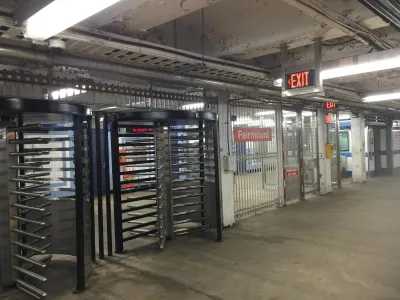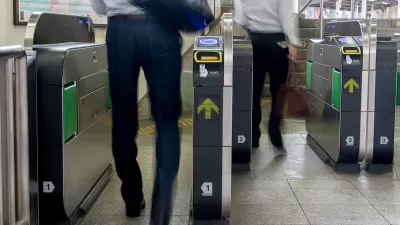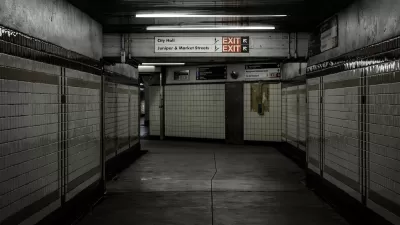SEPTA and BART both saw significant declines in violent crime in the first quarter of 2025.

Two of the nation’s largest public transit systems saw decreases in crime during the first quarter of 2025. According to a report by Brandon Lewis in Mass Transit, the Southeastern Pennsylvania Transportation Authority (SEPTA) and the San Francisco region’s Bay Area Rapid Transit (BART) both boosted security efforts, leading to significant drops in crime in 2024.
In Philadelphia, SEPTA officials report a 28 percent drop in total crime compared to the three-year average preceding 2024. The agency attributes the decline to more transit police officers and increased fare evasion enforcement. “SEPTA has hired 100 additional staff in the past year, and the authority now has more than 700 cleaners and maintenance personnel deployed strategically to keep stations and vehicles cleaner and respond to issues as they arise.”
BART saw an overall decline in crime of 17 percent in 2024. In the first quarter of this year, violent crime dropped by a further 23 percent. “BART says the implementation of BART’s Safe and Clean Plan has been at the forefront of putting rider safety first. The plan includes boosting visible train patrols, installing next generation fare gates, right-sizing trains to create safer spaces, improving station lighting and other rider-focused initiatives.” Both agencies argue that preventing fare evasion also deters other types of crime.
FULL STORY: SEPTA, BART continue to reduce crime on respective systems during Q1 2025

Planetizen Federal Action Tracker
A weekly monitor of how Trump’s orders and actions are impacting planners and planning in America.

Maui's Vacation Rental Debate Turns Ugly
Verbal attacks, misinformation campaigns and fistfights plague a high-stakes debate to convert thousands of vacation rentals into long-term housing.

San Francisco Suspends Traffic Calming Amidst Record Deaths
Citing “a challenging fiscal landscape,” the city will cease the program on the heels of 42 traffic deaths, including 24 pedestrians.

Amtrak Rolls Out New Orleans to Alabama “Mardi Gras” Train
The new service will operate morning and evening departures between Mobile and New Orleans.

The Subversive Car-Free Guide to Trump's Great American Road Trip
Car-free ways to access Chicagoland’s best tourist attractions.

San Antonio and Austin are Fusing Into one Massive Megaregion
The region spanning the two central Texas cities is growing fast, posing challenges for local infrastructure and water supplies.
Urban Design for Planners 1: Software Tools
This six-course series explores essential urban design concepts using open source software and equips planners with the tools they need to participate fully in the urban design process.
Planning for Universal Design
Learn the tools for implementing Universal Design in planning regulations.
Heyer Gruel & Associates PA
JM Goldson LLC
Custer County Colorado
City of Camden Redevelopment Agency
City of Astoria
Transportation Research & Education Center (TREC) at Portland State University
Jefferson Parish Government
Camden Redevelopment Agency
City of Claremont





























